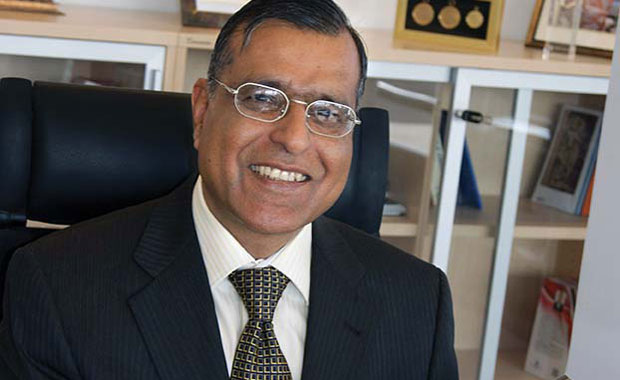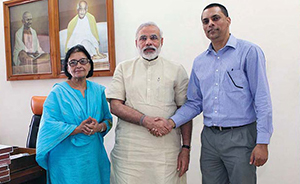Defining God A Vedic Interpretation
Contradictions
On the face of it, description of the Brahman looks somewhat self-contradictory to human intellect. How can He be static and fastest of the fast at the same time? How could He be smallest of the small and largest of the large? Although without any attributes; how could He be the source of all attributes and forms? In order to understand these contradictions better, let us have a brief look at time and its characteristics because time is closer to our thought process.
Time has no physical existence yet it is all-pervasive. Since it has no form, no color, no sound, no smell and no taste, it is beyond the perception of our senses of hearing, touch, sight, taste or smell. We calculate time based on sunrise and sunset and change of seasons. However, time existed before the Sun came into existence and will exist even after the Sun vanishes. The Sun itself is subject to the vagaries of time. Therefore, although time has no tangible existence of its own, it forms an integral part of all that exists - a stone, a fly, an animal, a human being or a planet. The very definition of their life and existence is in terms of time. If we say that the Planet Earth is 4 billion years, Mount Everest 5 million years and John 50 years old, this is nothing but time. Hence time pervades and defines the entire creation sans existence of its own. These are contradictions but true. Similarly, Brahman has neither physical existence nor any attributes yet He is omnipresent and is the source of all attributes.
—To be continued...
While the physical universe keeps on transforming, the eternal universal consciousness remains static supporting the ceaseless change; as the ocean supporting the ever changing waves. Thus the Universe is one single unified entity with multiple manifestations











Comments.